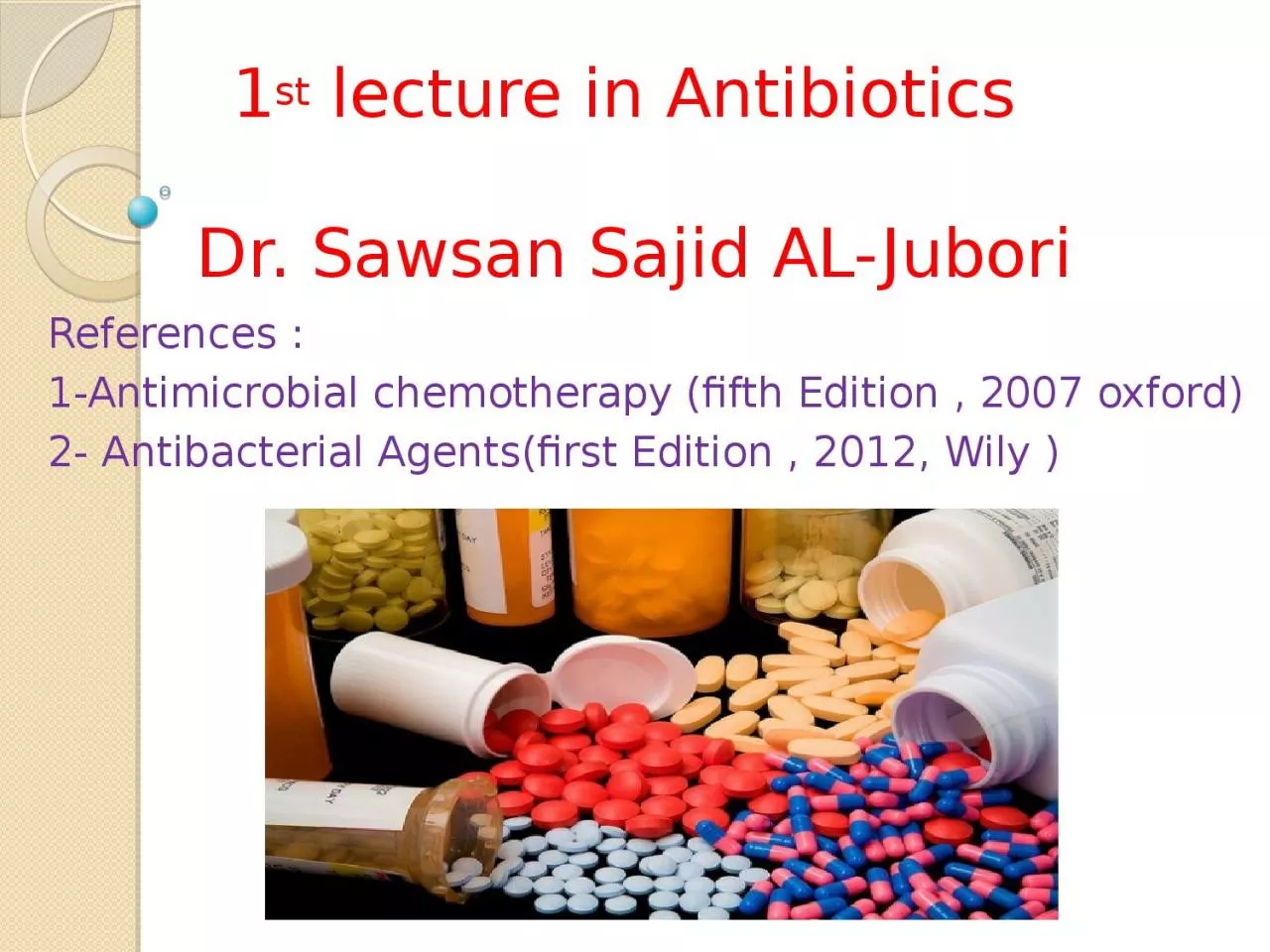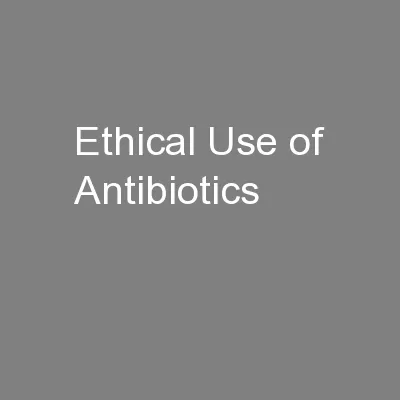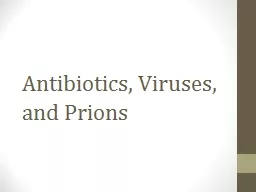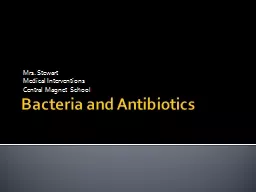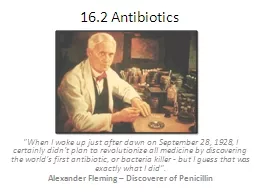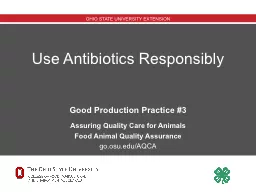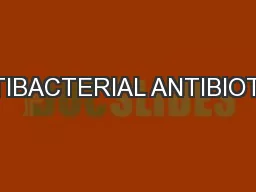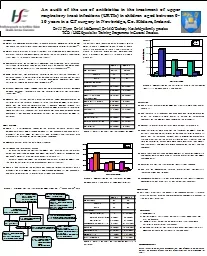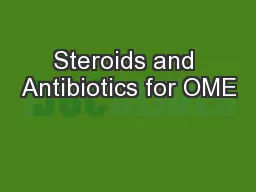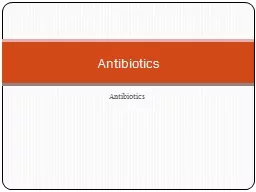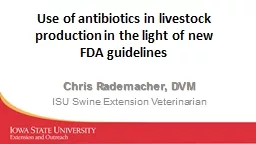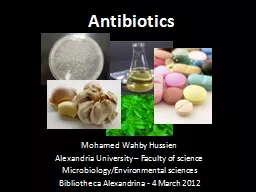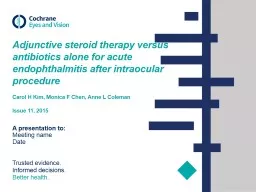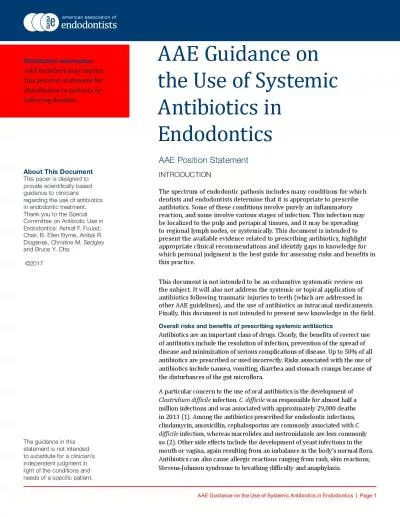PPT-1 st lecture in Antibiotics
Author : elyana | Published Date : 2022-06-07
Dr Sawsan Sajid AL Jubori References 1Antimicrobial chemotherapy fifth Edition 2007 oxford 2 Antibacterial Agentsfirst Edition 2012 Wily Identification of
Presentation Embed Code
Download Presentation
Download Presentation The PPT/PDF document "1 st lecture in Antibiotics" is the property of its rightful owner. Permission is granted to download and print the materials on this website for personal, non-commercial use only, and to display it on your personal computer provided you do not modify the materials and that you retain all copyright notices contained in the materials. By downloading content from our website, you accept the terms of this agreement.
1 st lecture in Antibiotics: Transcript
Download Rules Of Document
"1 st lecture in Antibiotics"The content belongs to its owner. You may download and print it for personal use, without modification, and keep all copyright notices. By downloading, you agree to these terms.
Related Documents

